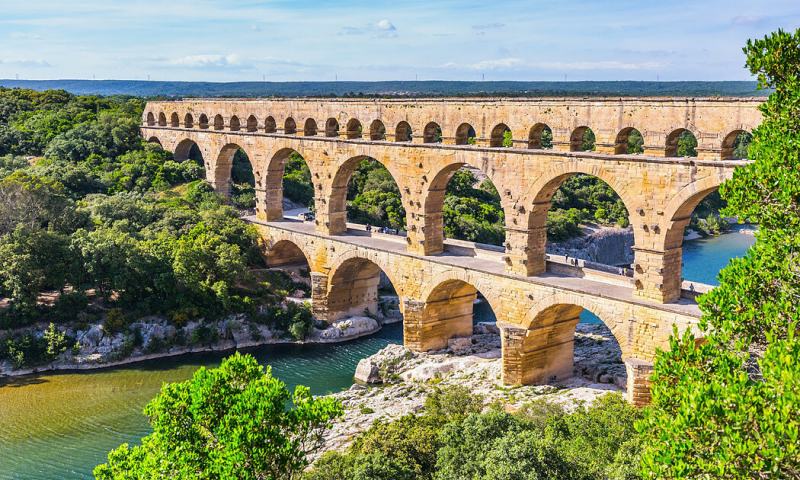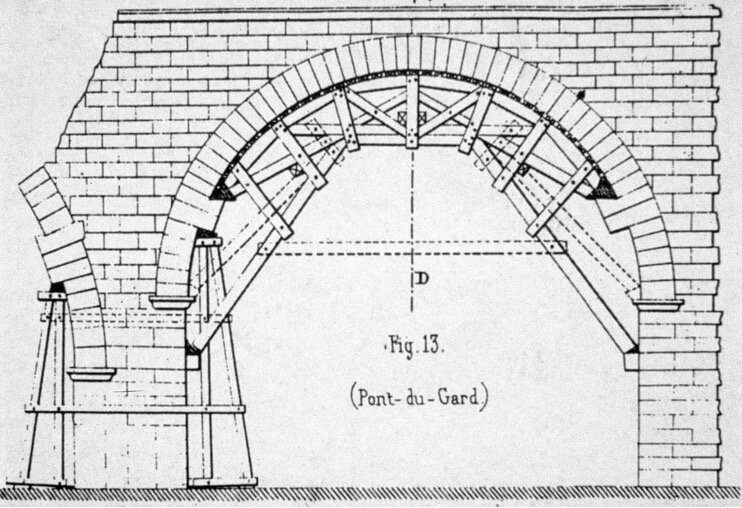Pont du Gard
One of the finest and best-preserved examples of ancient Roman architecture is the Pont du Gard. Additionally, it is the tallest Roman aqueduct bridge. It had a height of 161 feet, spanning the River Gardon, and was constructed in the first century to transport water across 31 miles to the Roman settlement of Nimes. As a result, the aqueduct was given the name "Pont du Gard," which translates to "Bridge across the Gard." Marcus Vipsanius Agrippa, the son-in-law of Emperor Augustus, oversaw the building of the Pont du Gard in or about 19 BC.
Although it continued to serve water until the ninth century, the building's upkeep was neglected during the fourth century. Due to the significance of its secondary purpose as a toll bridge, the Pont du Gard survived the fall of the Roman Empire and the abandonment of the aqueduct relatively intact. For many years, the local lords and bishops were in charge of maintaining it in return for the right to charge users of the bridge to cross the river tolls. Over time, parts of its stone blocks were stolen, and in the 17th century, it suffered significant harm. Beginning in the 18th century, it began to draw more and more attention, eventually becoming a significant tourist destination.
Between the 18th and the 21st centuries, it underwent a series of renovations that were ordered by the local government and the French government. The last of these culminated in 2000 with the opening of a new visitor center and the removal of buildings and traffic from the bridge and the vicinity of it. It is currently one of France's most visited tourist destinations and has drawn a number of literary and creative figures.












